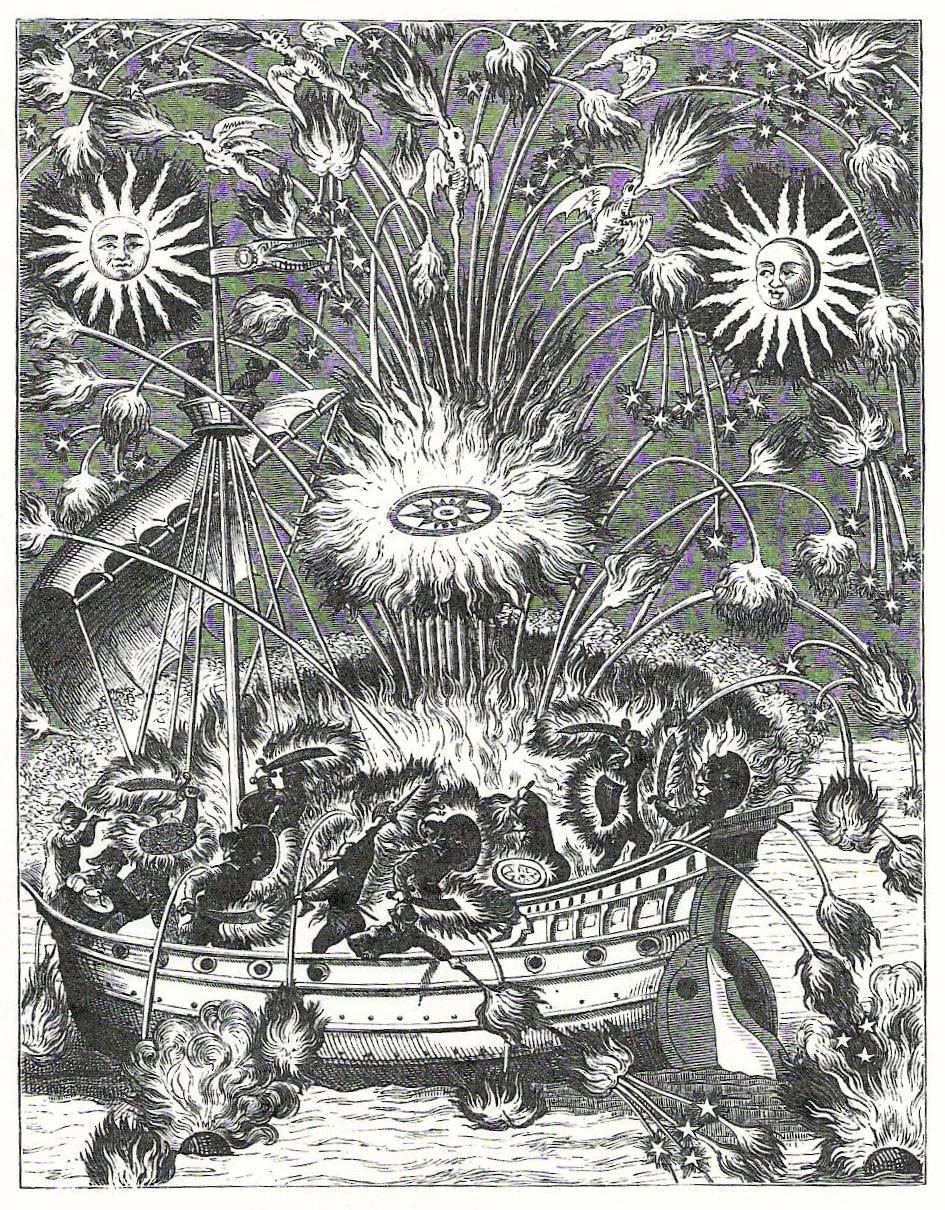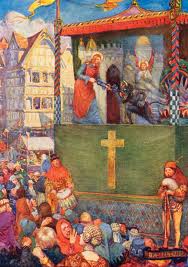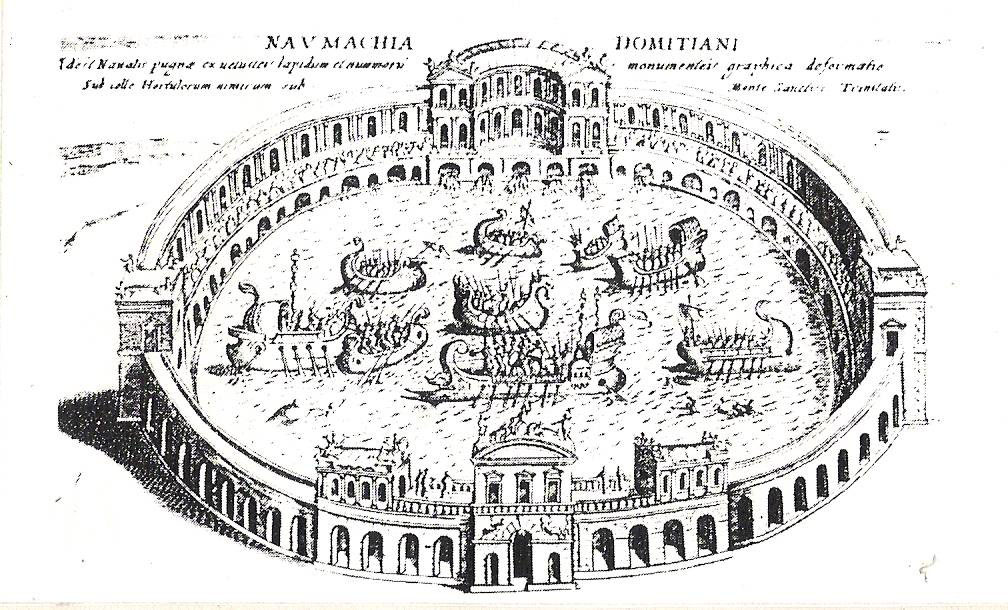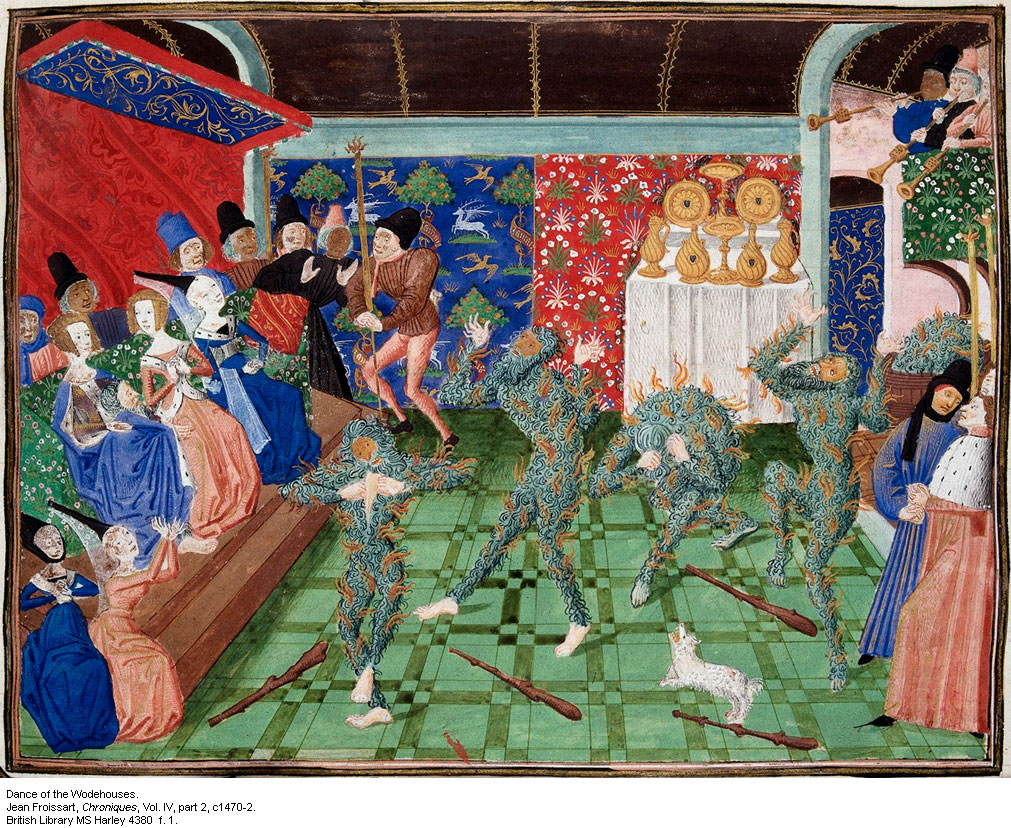Religious plays
To restore order the Church had to establish and enforce strict laws. Unfortunately its totalitarian rule went beyond the initial stages of necessity and oppression became the standard. The popes suppressed any manner of thinking that went against doctrine and the primary message of love and tolerance, the foundation of Jesus’ teachings, would be lost in a depraved race for power.
All art, philosophy, and literature that did not conform to the canons of faith were condemned to oblivion and may have been forever lost had it not been for Persian and Arabic translations. Some books were hidden in monastery basements but most were consumed by rats and mildew. With the exception of one book on logic (called Logic) by Aristotle, only parts of Plato's writings survived censorship.
To ease the faithful from one belief system to another the clever bishops built churches over pagan temples and used pagan dates for their own celebrations. The culmination, the zenith, of the Mass is the consumation of the body and blood of Christ.
In an unprecedented public relations campaign Church leaders commissioned artists to illustrate the lives of Jesus, Mary and the Saints. They mapped a series of images, "The Way of the Cross", a cartoon to highlight the important moments before Jesus was crucified. As the faithful walk from image to image they can imagine they’re actually following Christ on that fateful day.
Towards the end of the Middle Ages the ambulant Attelana comedians, previously banned from Italy by the Church, tentatively made a comeback with performances set in Heaven and Hell. The stage decors were impressive and the acting exuberant with mirthful demons hoisting desperate souls into fiery pits. The actors were even allowed to poke fun at Biblical characters: i.e. Noah’s wife as a shrew.
The Heaven-and-Hell plays and their elaborate sets overwhelmed an unsuspecting, simple-minded, audience. Folks had a hard time differentiating the actor from the character and swore the ones who played the devils had abnormal offspring. One priest took his role of Jesus so seriously he nearly died on the cross, and an actor depicting Judas was almost hanged after the performance.

The Middle Ages in Europe
Rome, after the fall of the West Roman Empire, reads like a page out of Hell. We imagine hoards of barbarians roaming the streets in a drunken stupor, plundering and pillaging. The plays of Terence and Plautus were replaced by obscene performances that catered to the public’s basest instincts.
Gladiators, slaves, convicts and Christians were thrown in the Coliseum to fight wild animals. If a performance called for someone’s death a convict would be killed on the spot. Occasionally the arena was flooded to hold real-life naval combats where most all the participants died, either in battle or by drowning
Though this event cannot be entirely proved as fact, the mechanics under the coluseum could have made it waterproof.
Miracle Plays, Mystery Plays, Funzioni, and Auto sacramentalis were stories with characters taken from the Bible.
Morality Plays became popular in 15th and 16th century. The most well known is Everyman, who looses his material possessions when he enters the Valley of Death. His only companion is an imaginary character called Good Deeds.


Liturgical Drama
When the Catholic Church took over Rome’s administration there were no exceptions when they placed a ban on all performances, including the more traditional forms of theatre stemming from the Greeks and the Fabulae Attelane performed in the country during celebrations. Acting or attending a play would exact excommunication. If caught, actors were imprisoned and tortured. The banished Attelana comedians traveled throughout Europe performing in fairs and marketplaces, through all of the Middle Ages.
This said the Church realized that theatre and drama was the best tool to teach illiterate pagans about Christianity. To accommodate large crowds the Church transformed basilicas, edifices such as the original Roman Court of Justice, into massive houses of worship where attendance was mandatory under pain of mortal sin. The ritual of the Mass, with the alter placed on a stage, was calculated as a performance with the purpose to awe simple folk.

Mystery Plays were a favorite pastime with the decadent French nobility at the end of the 14th century. They attended the plays draped in luxurious attire while the Hundred Year’s War (actually a hundred sixteen years between the kings of France and England) sapped the strength of the people with recurrent famine and pillaging. It seems the worse things got for the population, the more sumptuous and spectacular the representations.
Besides the presence of a malefic dragon who went about gobbling sinners there was no apparent plot and sometimes several scenes took place contemporaneously.